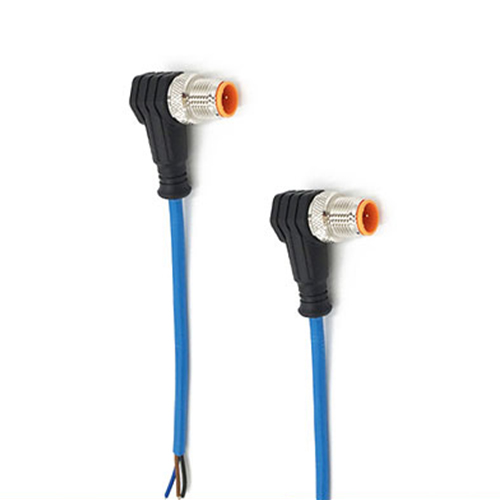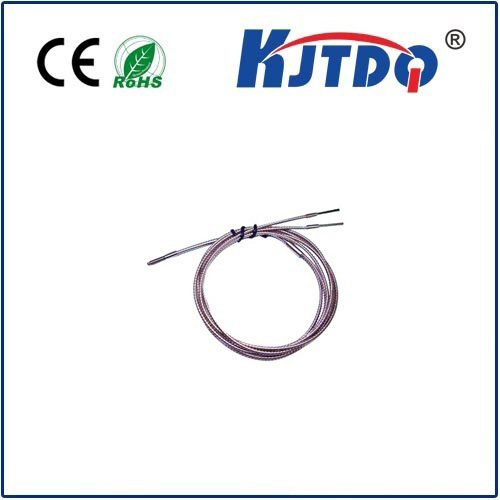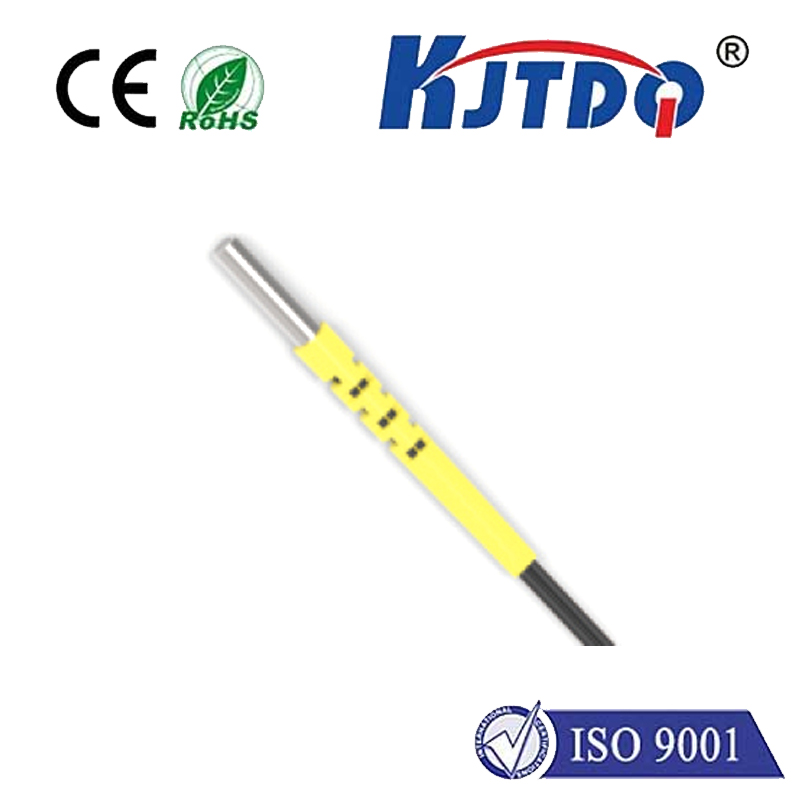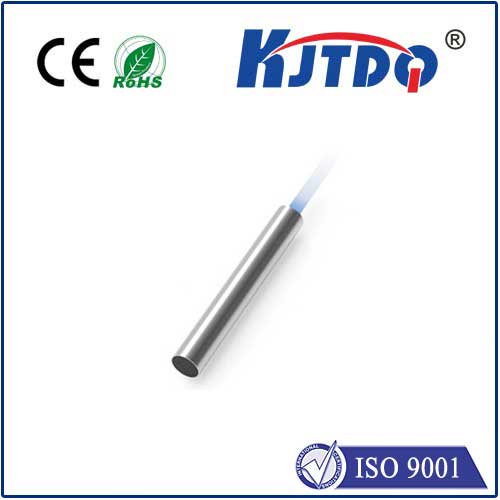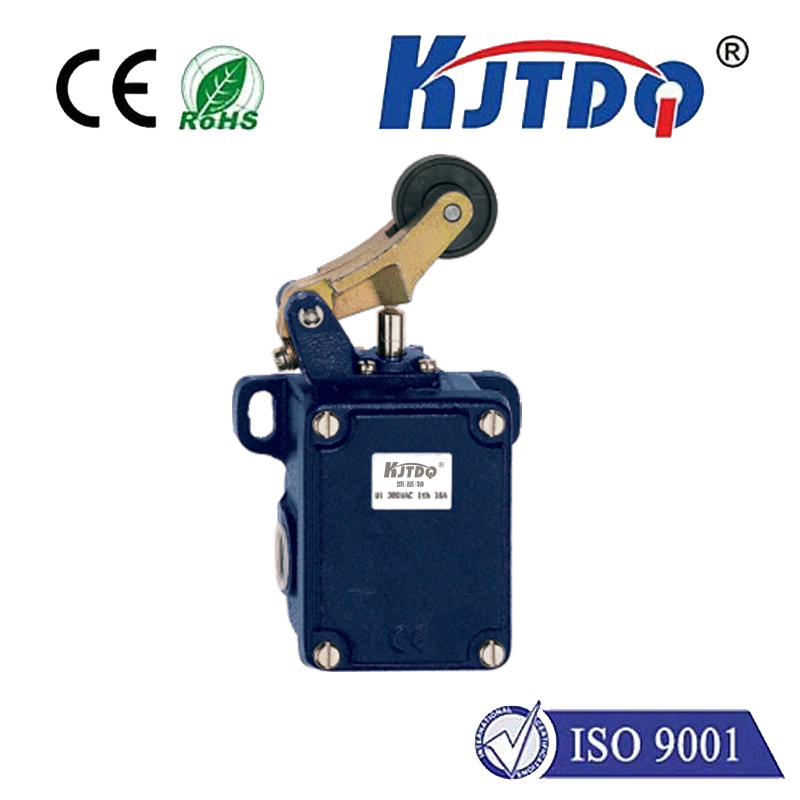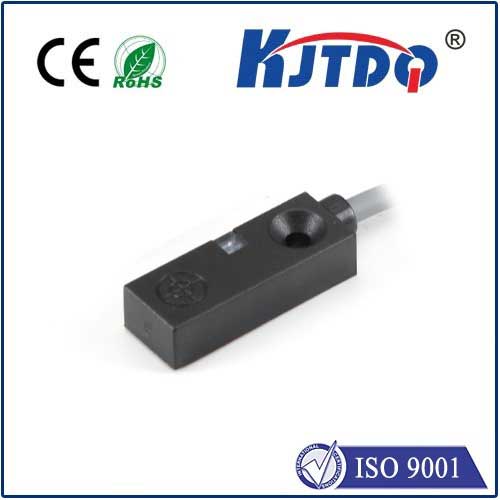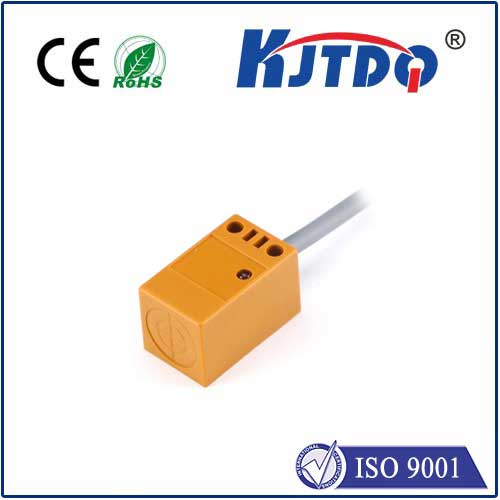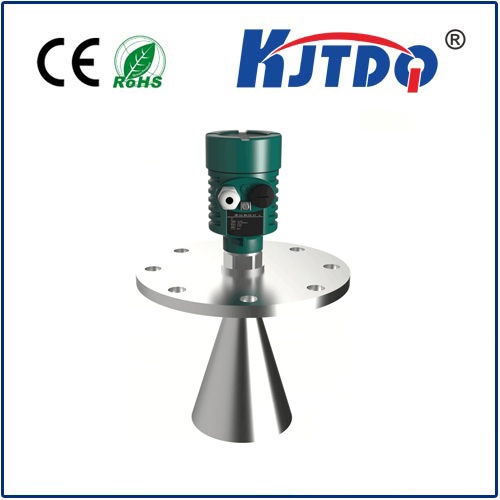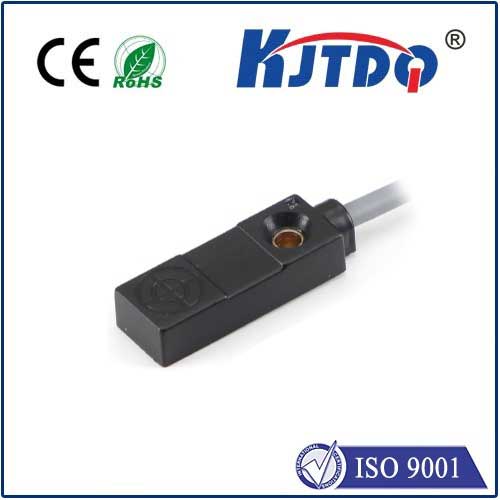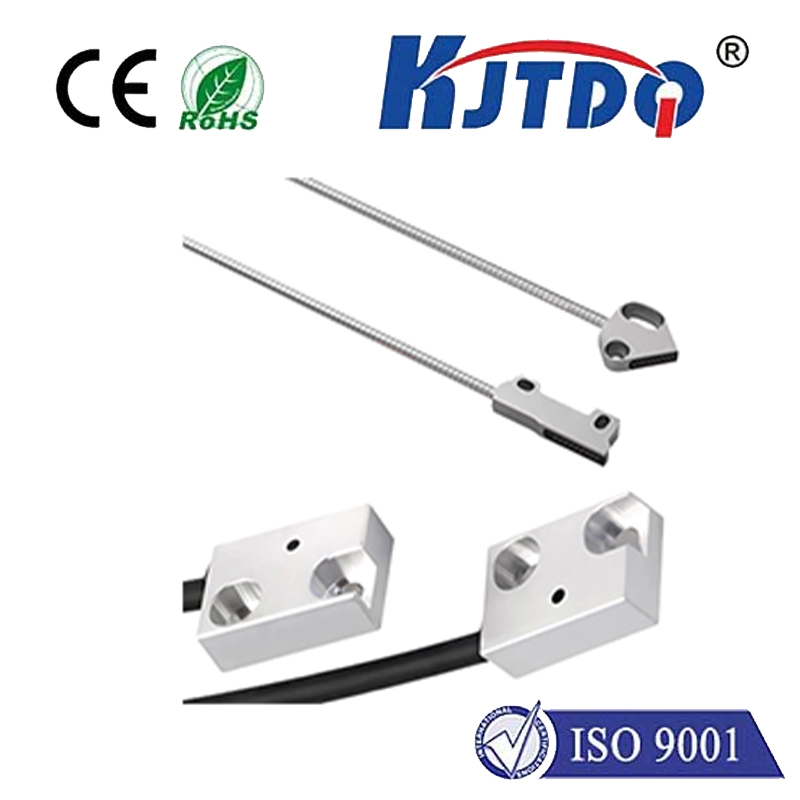

check

check

check

check

check

check

check

check

check

check
In the intricate dance of modern automation, where milliseconds matter and accuracy is paramount, reliable sensing forms the bedrock. Among the diverse family of photoelectric sensors, one type stands out for its unique blend of performance and versatility in countless applications: the reflective photoelectric beam sensor. And within this category, the E3RB-DP23 emerges as a robust and dependable solution for precise object detection and positioning. Let’s delve into what makes this sensor a go-to choice for engineers and system integrators.
The Core Principle: Light Bounced Back
Unlike through-beam sensors requiring separate emitter and receiver units, or diffuse sensors relying on light scattered directly off the target, reflective photoelectric sensors cleverly combine both functions into a single, compact housing. Here’s the core idea: the sensor emits a focused beam of light, typically infrared or visible red, towards a specialized reflector (often a retro-reflective tape or prism). This reflector is designed to bounce the light beam directly back along its original path towards a receiver element within the same sensor unit. The sensor constantly monitors the intensity of this returning beam. When an object passes between the sensor and the reflector, it interrupts the beam’s path to the reflector and back. The consequent drop in received light intensity triggers the sensor’s output signal, reliably indicating the object’s presence.
Why the E3RB-DP23 Stands Out
Building upon this fundamental principle, the Omron E3RB-DP23 incorporates features specifically engineered for demanding industrial environments and precise detection needs:

Robust Construction & Environmental Resistance: Engineered for durability, the E3RB-DP23 boasts a sturdy housing designed to withstand the rigors of factory floors. It features significant resistance to environmental interference, including ambient light fluctuations and electrical noise, ensuring stable operation where other sensors might falter. Its reliable performance contributes to reduced downtime and lower maintenance costs.
Long Sensing Distance: One of its key advantages is its capability for long-range detection. While exact distances vary based on the reflector used, this sensor is adept at detecting objects several meters away. This makes it ideal for applications involving large machinery, conveyor belts spanning significant distances, or monitoring wide entryways and exits.
High Precision and Stability: The focused beam and specialized reflector ensure a sharp, well-defined detection zone. This minimizes the risk of false triggers caused by background objects or stray reflections compared to diffuse-type sensors. The result is consistent, high-precision object detection crucial for tasks like precise positioning or counting on high-speed lines.
Easy Installation and Alignment: Integrating the emitter and receiver simplifies setup. Unlike through-beam sensors requiring precise alignment of two separate units across potentially large distances, aligning the E3RB-DP23 primarily involves pointing it correctly towards its reflector. This translates to faster installation times and reduced commissioning complexity.
Flexible Output Options: Typically available with versatile output configurations (like NPN or PNP switching), the E3RB-DP23 easily interfaces with a wide range of Programmable Logic Controllers (PLCs), counters, timers, and other control systems prevalent in automation.
Where the E3RB-DP23 Shines: Real-World Applications
The combination of long range, precision, and reliability makes this reflective photoelectric sensor indispensable across numerous sectors:
Implementing Effectively: Key Considerations
To maximize the performance of your E3RB-DP23 photoelectric sensor, keep these factors in mind:
Conclusion: A Cornerstone of Detection
The E3RB-DP23 reflective photoelectric beam sensor exemplifies the power of combining intelligent optical design with rugged engineering. Its ability to deliver precise, reliable, long-range object detection from a single, easy-to-install unit makes it a cornerstone technology in the landscape of industrial automation. For engineers seeking a robust solution for applications demanding accuracy over distance – from complex manufacturing lines to logistical hubs – understanding and leveraging the capabilities of sensors like the E3RB-DP23 is essential for building efficient, dependable, and high-performing automated systems. Its consistent performance directly translates to enhanced productivity and streamlined operations, meeting the ever-growing demands of modern industry.
